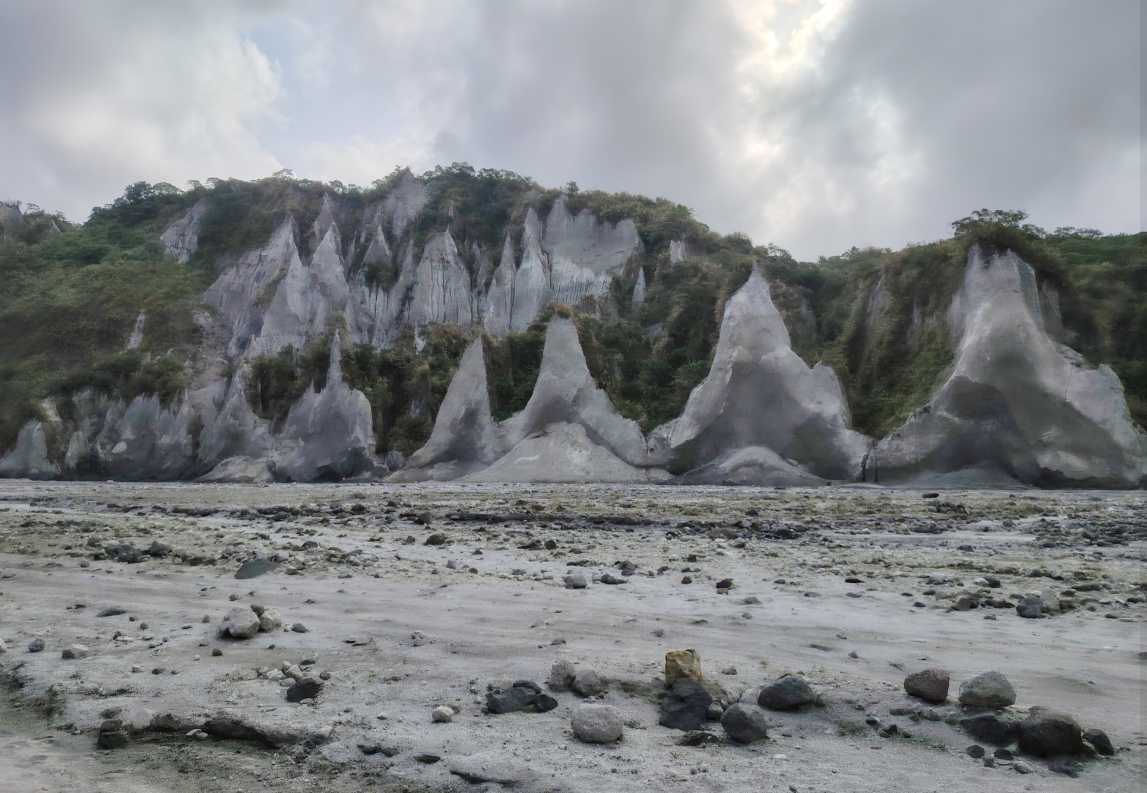Mount Pinatubo: From Ashes to Opportunities, Then to Wasted Potential?
1. Profile of Mount Pinatubo: The Eruption and Its Impact on Indigenous Communities
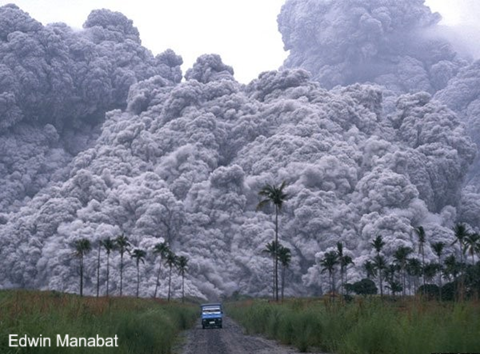 Mount Pinatubo, once a quiet, forested peak on the tripoint
of Zambales, Tarlac, and Pampanga, violently erupted on June 15, 1991. It
became one of the most powerful volcanic eruptions of the 20th century,
ejecting more than five cubic kilometers of material and drastically altering
the landscape of Central Luzon. The eruption blanketed vast areas in ash,
reshaped river systems, and caused global cooling for nearly two years.
Mount Pinatubo, once a quiet, forested peak on the tripoint
of Zambales, Tarlac, and Pampanga, violently erupted on June 15, 1991. It
became one of the most powerful volcanic eruptions of the 20th century,
ejecting more than five cubic kilometers of material and drastically altering
the landscape of Central Luzon. The eruption blanketed vast areas in ash,
reshaped river systems, and caused global cooling for nearly two years.
But beyond its geological impact, the disaster displaced tens of thousands of residents, including a significant population of the Aeta Indigenous Peoples who had lived on the mountain slopes for generations. The eruption forced these communities to leave their ancestral lands and seek refuge in lowland resettlement areas, often underprepared to support their cultural and economic needs. For years, the Aeta suffered marginalization, losing not just their homes but their way of life, dependent on forests, rivers, and traditional farming.
2. The Rise of Tourism: A Korean-Led Initiative with
Vision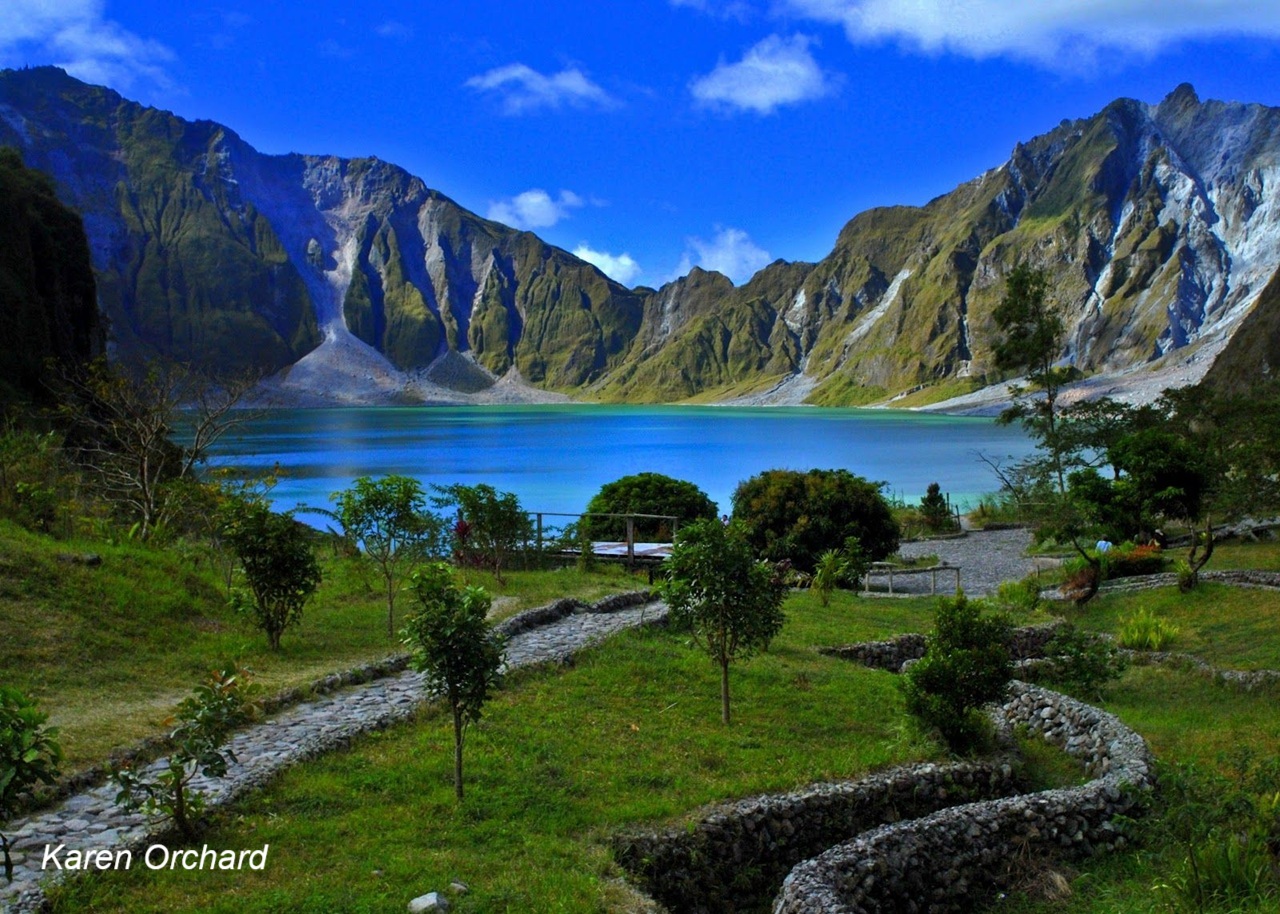
By the late 1990s, a South Korean company recognized the emerging potential of Mount Pinatubo as a tourist destination. What was once a site of devastation was being reborn as an icon of nature's resilience. The formation of the stunning crater lake — calm, turquoise, and surrounded by stark cliffs — attracted international interest.
The Korean firm helped build trails, rest areas, and organized treks from Capas, Tarlac to the crater. Their approach was immersive. Visitors were not just taken to see a lake; they were introduced to the history of the eruption, the rebuilding of communities, and the culture of the Aetas who were part of the guiding experience.
The trails were kept orderly. Clean rest stops were made available, some food stalls were built, and a more structured tourism experience was offered. Safety measures and informative briefings were part of the journey. The area became a sought-after destination for both foreign and local adventure tourists, scientists, and eco-tourists alike.
3. The Decline: From Vision to Disrepair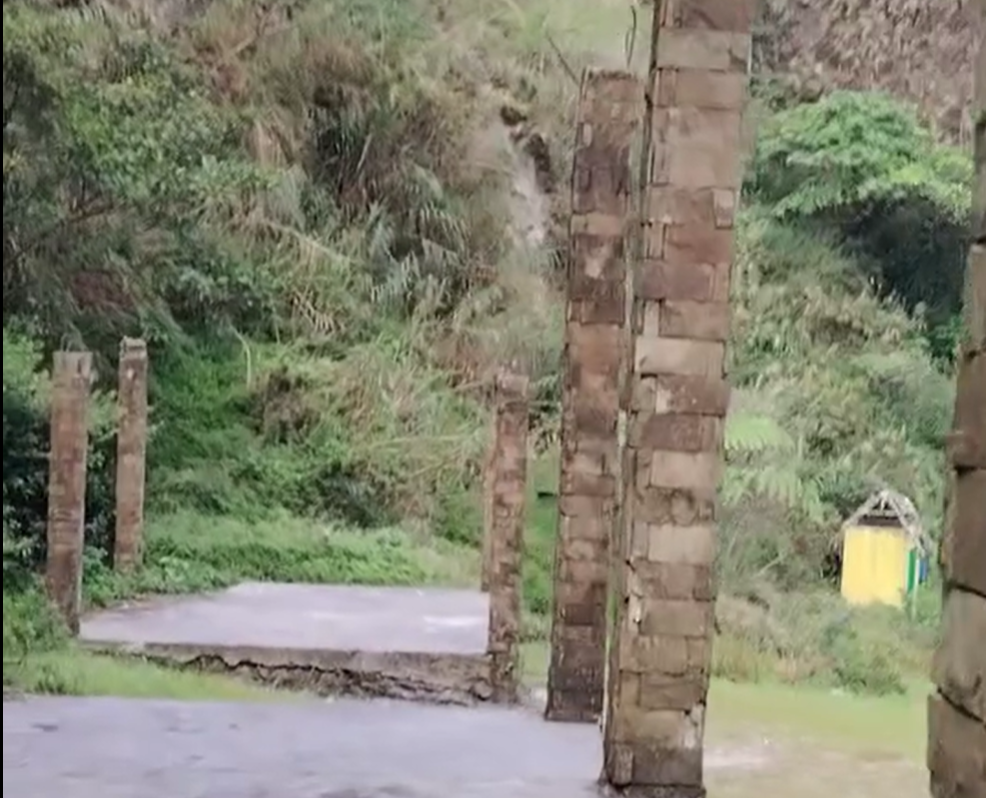
Over time, however, the Korean company’s involvement began to wane. Reports suggest that after a series of regulatory challenges, safety incidents (including a drowning at the crater lake in 2013), and unclear partnership frameworks with the local government, the company stepped back.
Tourism operations were handed over entirely to local authorities and community groups. While this transition was expected to strengthen community ownership and local income, the opposite slowly began to take shape: a lack of strategic management, minimal reinvestment in infrastructure, and a drop in service quality.
The structures the Koreans built were not maintained. The sense of immersive education about Pinatubo's story began to fade. The vibrant, guided experience turned into something more basic — a simple trip for photos, not a journey of understanding.
4. The Low Support and Poor Maintenance of Korean-Built
Structures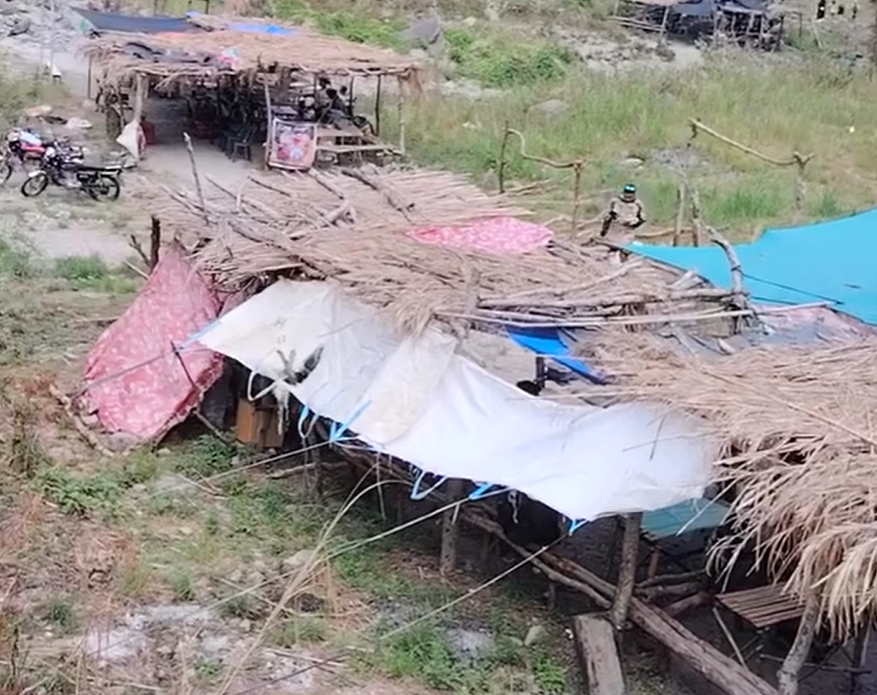
When the Korean firm left, they left behind more than just a trail and a crater experience — they left a framework that needed continued care. Unfortunately, what followed was a steady decline. The structures — rest areas, trail signage, viewing platforms — began to fall into disrepair. No systematic maintenance program was put in place.
Today, what’s left of the Korean-built facilities are worn-down frames, fading memories of what was once a well-managed ecotourism model. There is no regular upkeep, and no visible investment from local authorities to preserve or improve the infrastructure. It’s as if the tools were handed over without a manual — and without the will to use them properly.
5. The Local-Led Management of the Site Today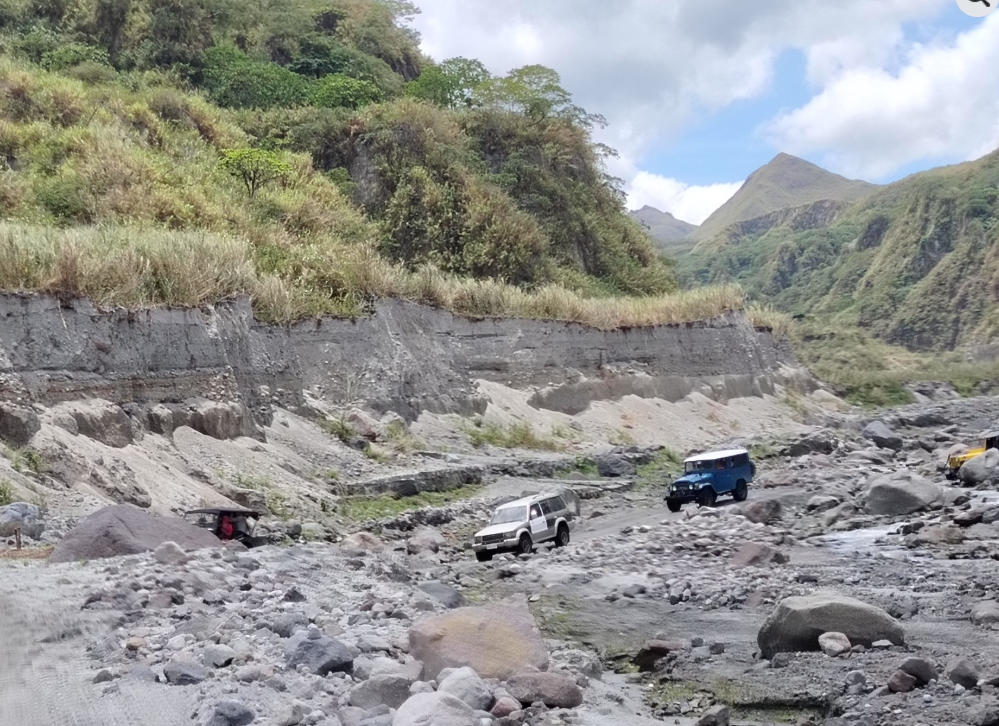
Now under local management, the Mount Pinatubo experience is a stripped-down version of what it once was. There are no proper comfort rooms — only makeshift enclosures with dried grass walls that may look rustic from the outside, but are unhygienic and barely functional inside. The trek to the crater, once immersive and educational, is now transactional. You arrive, you take photos, and you leave.
The organized storytelling, the environmental briefings, and the cultural immersion have largely vanished. What remains is a "picture tourism" experience — beautiful but hollow. Tourists are left to fill in the blanks, with guides who often double as logistics managers rather than cultural ambassadors.
6. Holiday Barricade: Indigenous Protest Highlights Flaws in Localized Management
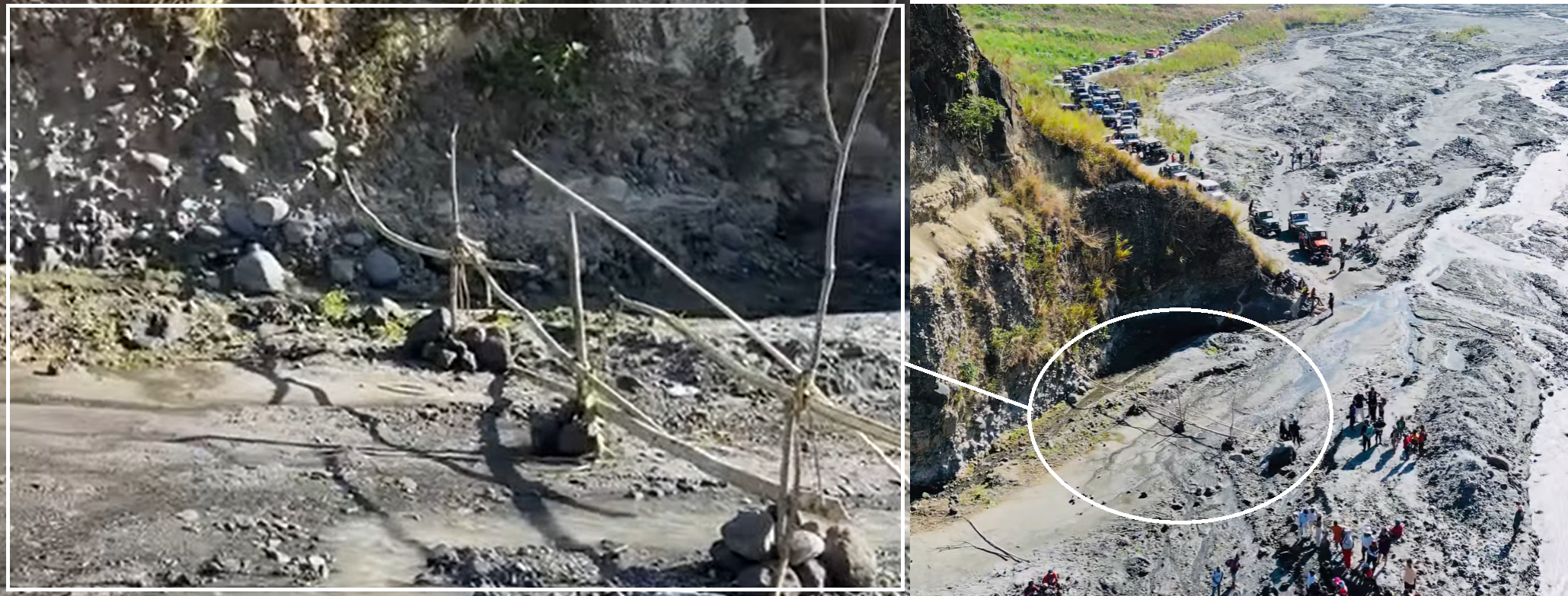 On April 18, 2025 — a Philippine holiday expected to draw
large crowds to Mount Pinatubo — the site was met not with festive tourism, but
with protest. A group of Aeta leaders installed a barricade at one of the
access roads, blocking 4x4 vehicles from reaching the crater trail. The
disruption stunned visitors and tour operators alike, especially on a day many
had prepared for logistically and economically.
On April 18, 2025 — a Philippine holiday expected to draw
large crowds to Mount Pinatubo — the site was met not with festive tourism, but
with protest. A group of Aeta leaders installed a barricade at one of the
access roads, blocking 4x4 vehicles from reaching the crater trail. The
disruption stunned visitors and tour operators alike, especially on a day many
had prepared for logistically and economically.
According to reports, the Aeta leaders were expressing frustration over being excluded or inadequately compensated under the current government-led tourism scheme. Despite previous efforts to localize tourism for the benefit of indigenous communities, the barricade and the grievance behind it signal that the model may not be working equitably.
For some Aeta vendors and tour assistants who were expecting income from today's visitors, the abrupt stoppage could mean wasted food preparations, lost earnings, and an uncertain tomorrow. The protest also disrupted the experience for tourists, many of whom traveled from afar — only to be caught in a conflict they barely understood.
This incident underscores a painful irony: while the tourism system is now supposedly “community-based,” not all members of the community feel included. Unless addressed promptly, this kind of disruption could erode not just the economic prospects of Mount Pinatubo as a tourist destination, but the fragile trust between indigenous stakeholders and managing authorities.
The government must act swiftly and with sensitivity. A localized tourism model cannot succeed without transparency, inclusion, and fair compensation. The barricade may be temporary — but the issues behind it demand permanent solutions.
7. Aeta Children Begging for Food
Perhaps the most heartbreaking scene today is seeing Aeta children begging along the trail. While some Aeta families do participate by selling handmade souvenirs and food, many remain visibly underserved. Their presence is no longer woven into the tourism experience as a source of cultural knowledge or community interaction — instead, they exist on the periphery, trying to earn a living in whatever way they can.
What could have been a community empowerment model now feels more like economic survival through crumbs of the tourism income — unstructured, unprotected, and unsustainable.
8. Government-Managed vs. Private/Foreign-Led Tourism: A
Point of Comparison
The shift from a foreign-led tourism initiative to a government-managed, community-based model was supposed to be a step toward sustainability and inclusivity. But what unfolded at Mount Pinatubo highlights a hard truth: without strategic planning, investment, and accountability, local management can fail just as spectacularly as any foreign endeavor.
The Korean-led phase, for all its issues, demonstrated efficiency, structure, and customer experience. There was vision, logistics, and clear direction. When the reins were handed over to the local government and community groups, the potential for empowerment was enormous — but so was the risk of fragmentation and mismanagement.
Government-led tourism often suffers from red tape, lack of professional training, and short-term thinking. Without performance-based management, innovation stalls. Meanwhile, foreign or private-led tourism tends to bring in capital, marketing networks, and structured operations — but can also risk community exclusion if not guided by inclusive policies.
The Pinatubo case shows that neither model works in isolation. What’s needed is a hybrid model that combines local ownership and cultural stewardship with professionalism, investment, and vision — whether sourced from private, public, or foreign partnerships.
9. The Way Forward: A Solution Rooted in Collaboration
and Purpose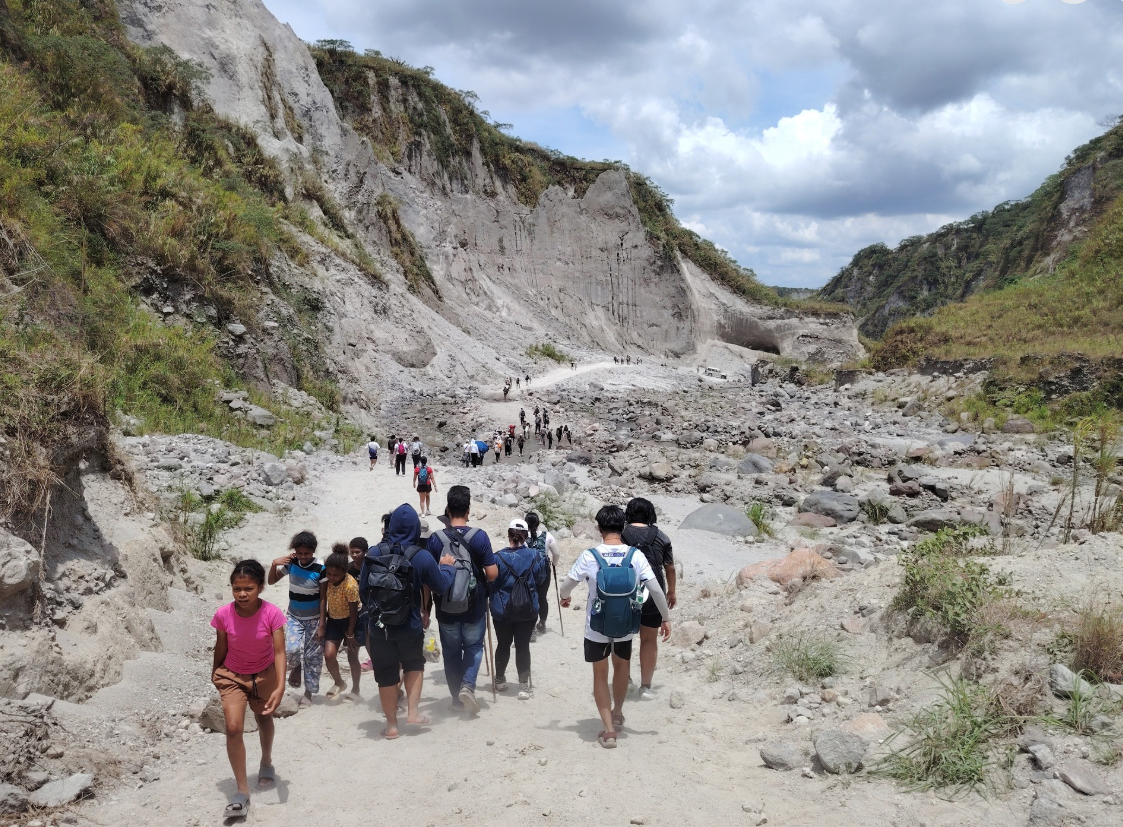
Mount Pinatubo is still a site of awe-inspiring beauty. But its tourism experience today is symbolic of missed potential. The solution doesn’t lie in bringing back foreign operators or in removing local control. It lies in redesigning a shared framework:
- Reinvest in Infrastructure: Comfort rooms, trail markers, visitor centers, waste management — these are non-negotiables in a respectable tourist site.
- Restore the Experience: Bring back interpretive guides, storytelling, safety briefings, and cultural immersion with Aeta communities.
- Create a Joint Tourism Board: Include LGUs, Aeta representatives, DENR, private sector players, and tourism experts to form a coordinated oversight body.
- Train Local Stakeholders: Equip guides, vendors, and tourism operators with training in customer service, environmental management, and tour management.
- Implement Revenue Sharing and Reinvestment: Ensure tourism income directly funds community needs, maintenance, and development — with transparent tracking.
Above all, Pinatubo needs to be more than a place to take photos. It must become a place to learn, connect, and reflect — about disaster, resilience, culture, and how good governance and inclusive planning can shape recovery and opportunity.
This site rose from ashes once. It can rise again — this time, from mismanagement to meaning.
